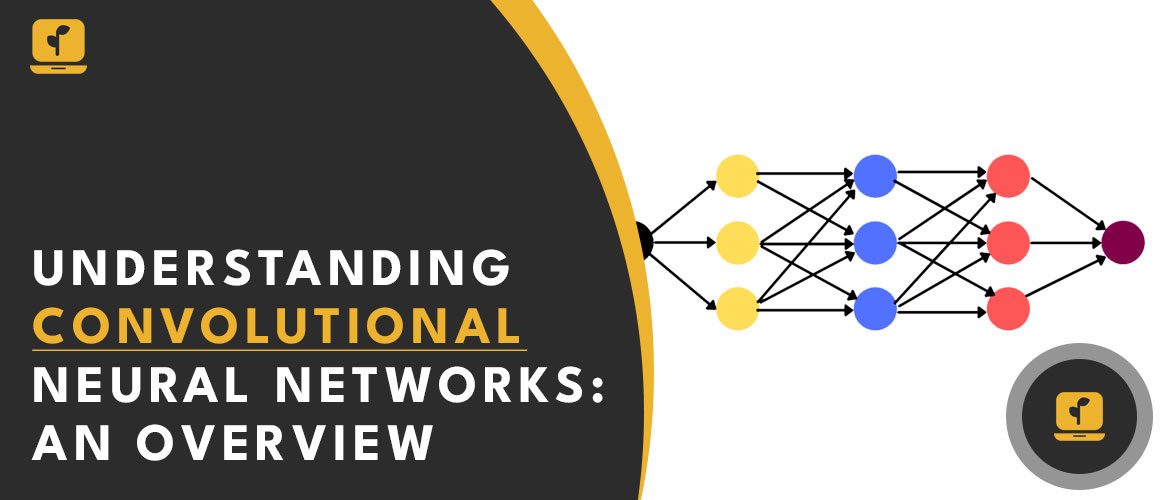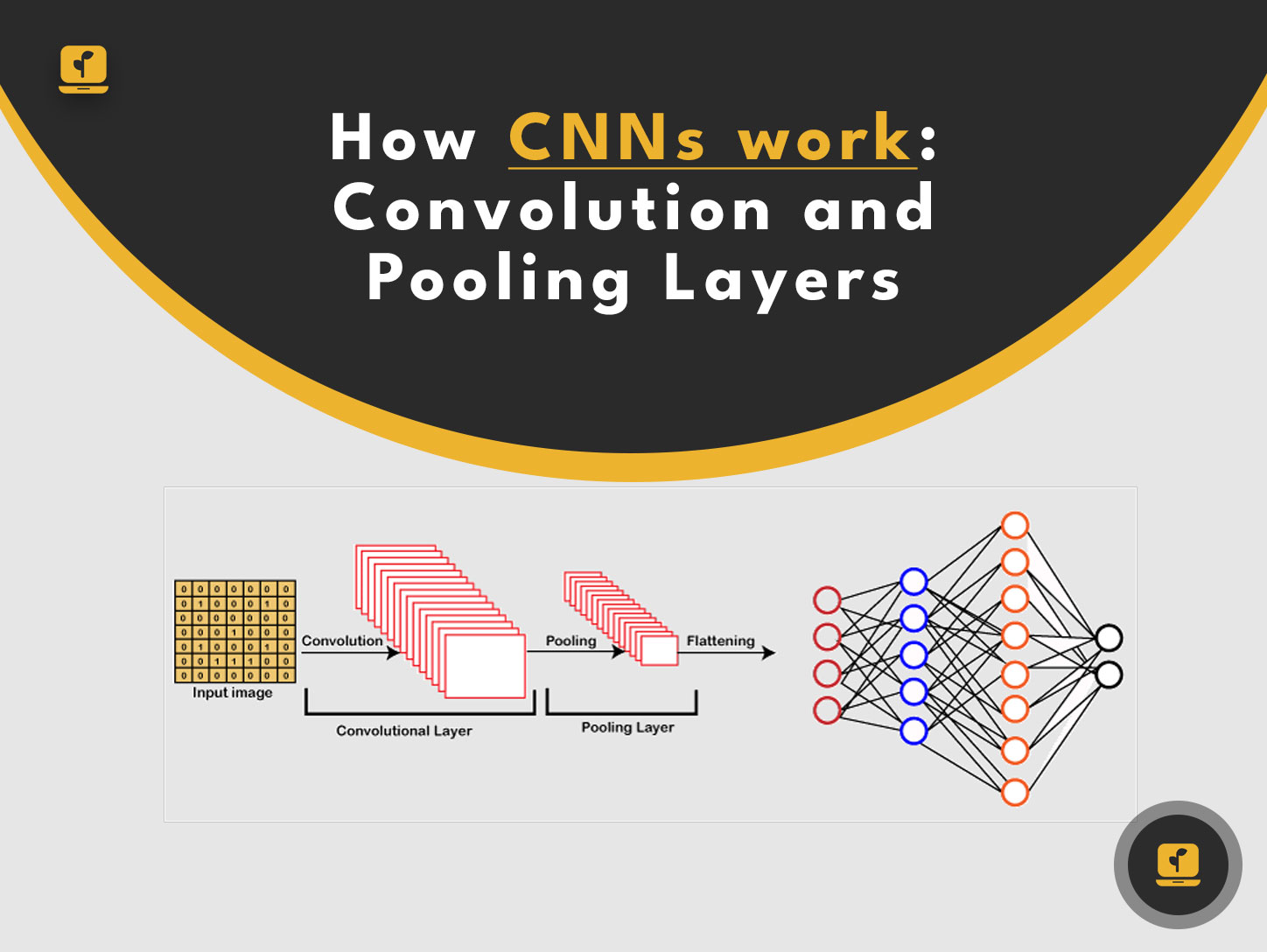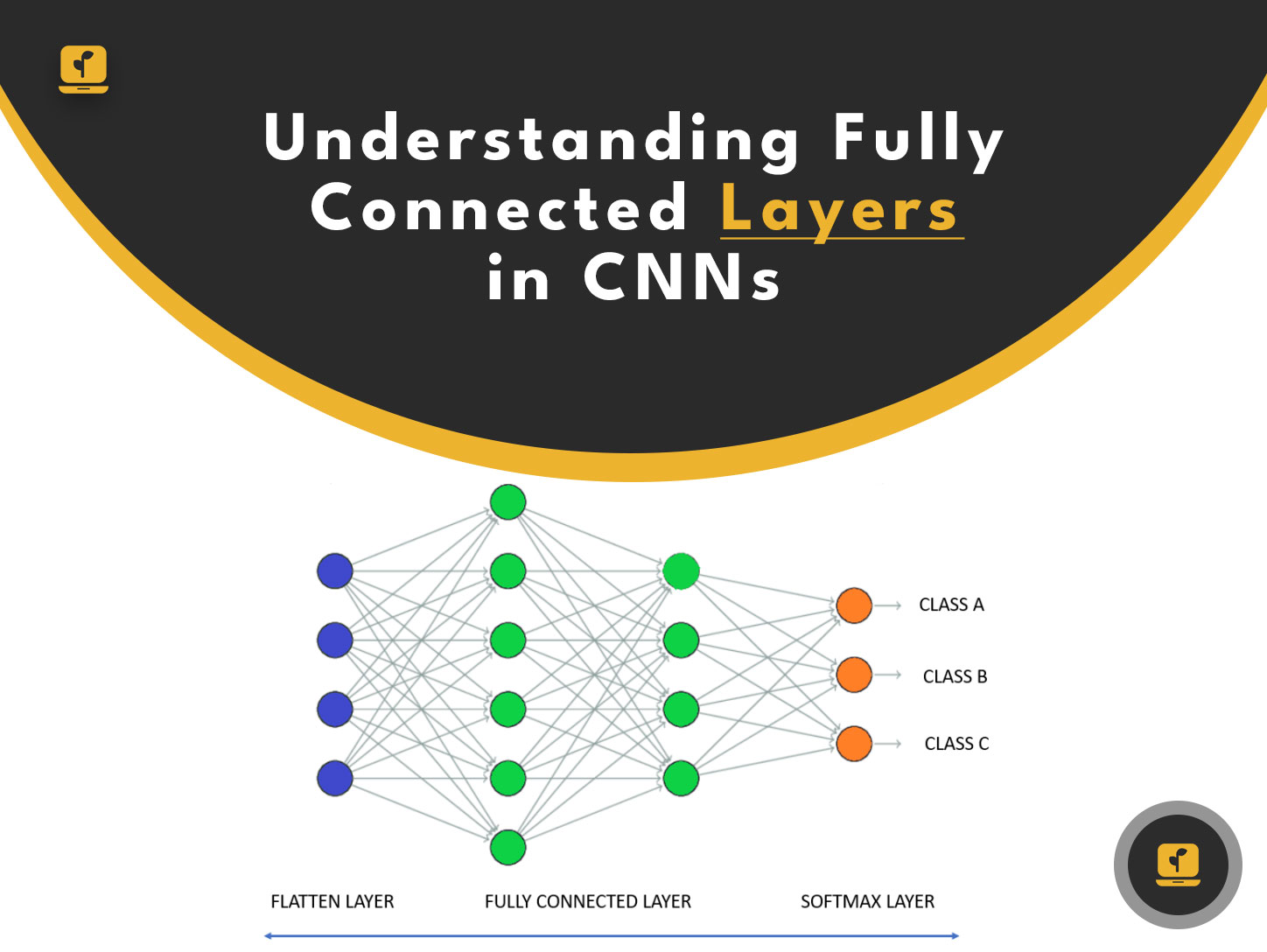As machine learning and artificial intelligence continue to evolve, convolutional neural networks (CNNs) have become an increasingly important tool in data analysis.
In this article, we will provide an overview of CNNs, discuss their various components and applications, and explore their advantages and disadvantages.
Table of Contents
Introduction to Convolutional Neural Networks (CNNs)
Convolutional neural networks are a type of artificial neural network that are commonly used in image recognition and processing. They are inspired by the structure of the visual cortex in animals, where neurons are arranged in layers that detect increasingly complex visual features. CNNs are similar in that they have multiple layers of neurons that work together to interpret and process data.
One of the primary strengths of CNNs is their ability to automatically learn features from raw input data. This is achieved through the use of convolutional layers, which apply a set of filters to the input data, detecting patterns and features that are important for classification. The output of each convolutional layer is then passed through a pooling layer, which reduces the spatial size of the data and helps to make the network more robust to variations in the input.
How CNNs work: Convolution and Pooling Layers
Convolutional layers are at the heart of CNNs and are responsible for detecting features in the input data. They do this by applying a set of filters to the input data, which can be thought of as small windows that slide over the input data, computing a dot product at each location. The result of this operation is a feature map that highlights areas of the input data that are similar to the filter.
Pooling layers are used to reduce the spatial size of the data and make the network more robust to variations in the input. There are several types of pooling layers, including max pooling and average pooling. Max pooling takes the maximum value from each window of the input data, while average pooling takes the average value. Both types of pooling layers reduce the spatial size of the data, which helps to reduce the number of parameters in the network and prevent overfitting.
Understanding Fully Connected Layers in CNNs
Fully connected layers are similar to the layers found in traditional neural networks. They take the output of the convolutional and pooling layers and use it to make a prediction about the input data. In CNNs, fully connected layers are typically used at the end of the network, after the convolutional and pooling layers have extracted features from the input data.
Deep Convolutional Neural Networks
Deep convolutional neural networks are CNNs with many layers. They are able to learn more complex features than shallow CNNs and are often used for tasks such as object recognition and image segmentation. However, training deep CNNs can be challenging, as they require a large amount of data and computational resources.
Applications of CNNs in Machine Learning and AI
CNNs have a wide range of applications in machine learning and artificial intelligence. They are commonly used for image and speech recognition, natural language processing, and autonomous vehicles. One of the most well-known applications of CNNs is in the field of computer vision, where they are used to identify objects in images and videos.
Training a CNN Model
Training a CNN model involves feeding it with a set of input data and corresponding output labels. The model then adjusts its parameters to minimize the difference between its predictions and the actual labels. This process is known as backpropagation and is used to update the weights of the neurons in the network. It is important to have a large, diverse dataset when training a CNN model, as this helps to prevent overfitting and ensures that the model can generalize to new data.
Tips for optimizing CNN models
There are several techniques that can be used to optimize CNN models. One of the most important is data augmentation, which involves creating new training data by applying transformations such as rotation, scaling, and cropping to the existing data. Other techniques include dropout, which randomly drops out neurons during training to prevent overfitting, and batch normalization, which helps to stabilize the training process by normalizing the inputs to each layer.
Convolutional Neural Network Layers: Understanding different types
There are several types of convolutional neural network layers, each with its own specific function. In addition to the convolutional and pooling layers, there are also activation layers, which apply a non-linear function to the output of each neuron, and normalization layers, which help to prevent overfitting by ensuring that the output of each neuron has a mean of zero and variance of one.
Advantages and Disadvantages of CNNs
The primary advantage of CNNs is their ability to automatically learn features from raw input data. This makes them well-suited for tasks such as image recognition and processing, where the input data is often complex and high-dimensional. However, CNNs can also be computationally expensive to train and require a large amount of data to generalize well.
Conclusion: Future of CNNs in AI and Machine Learning
Convolutional neural networks have become an important tool in the field of artificial intelligence and machine learning. They have been used to achieve state-of-the-art results in a wide range of applications, from image recognition to natural language processing. As the field continues to evolve, it is likely that CNNs will play an even greater role in helping to solve complex problems and push the boundaries of what is possible.












